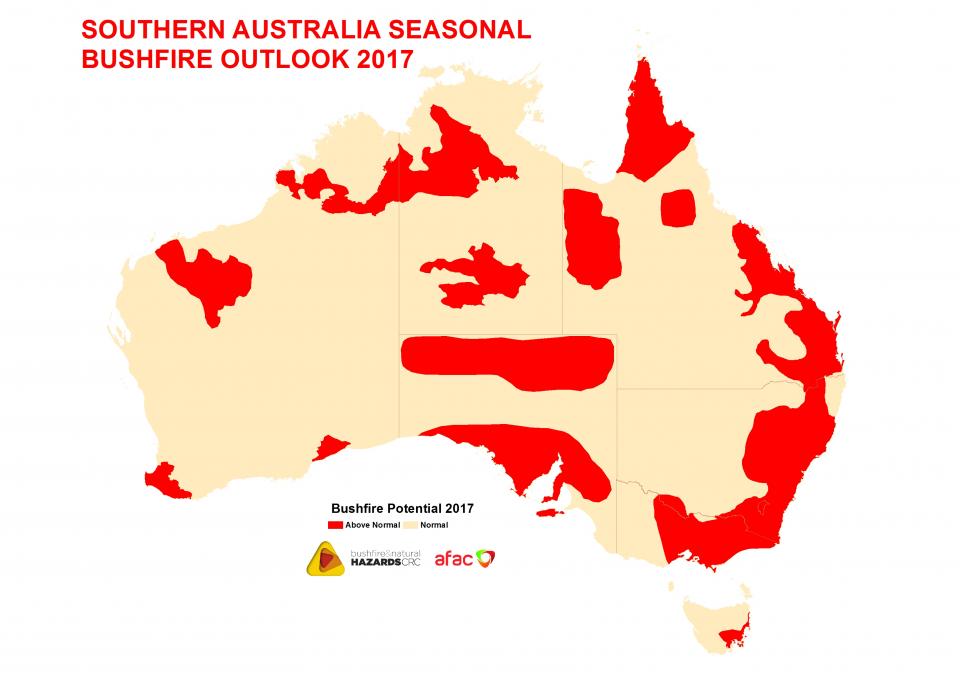BMP Essentials: Protecting Your Residential Property Versus Bushfire Risks
BMP Essentials: Protecting Your Residential Property Versus Bushfire Risks
Blog Article
Essential Tips for Bushfire Monitoring to Ensure Fire Protection

Comprehending Bushfire Risk Levels
Recognizing the varying levels of bushfire danger is crucial for effective planning and preparation in mitigating possible risks to residential properties and lives. Bushfire risk degrees are usually classified based on variables such as climate condition, gas accessibility, topography, and historic fire behavior. By understanding these danger areas, individuals and levels can proactively implement strategies to decrease susceptability and boost resilience when faced with possible bushfire events.
The initial degree of bushfire risk is reduced danger, where the chance of a bushfire taking place and triggering substantial injury is very little. This level typically occurs throughout durations of reduced temperatures, modest humidity, and very little wind speeds. Modest danger levels show an increased capacity for bushfires due to rising weather or gas schedule. Risky levels symbolize a substantial threat, with conditions for quick fire spread and severe fire actions. Severe threat levels are the most essential, presenting imminent risk to properties and lives as a result of severe weather and extremely combustible gas.
Recognizing these bushfire risk degrees makes it possible for stakeholders to customize their readiness and feedback actions as necessary, making certain a reliable and proactive approach to bushfire monitoring.
Creating a Defensible Space
Effective bushfire monitoring starts with developing a defensible area around buildings to enhance defense against potential fire threats. A defensible room is a buffer area that produces an obstacle between a framework and the surrounding flammable plant life. This space acts as a vital line of defense, giving firefighters a secure location to operate and aiding to minimize the risk of a fire infecting the residential or commercial property.
When creating a defensible room, it is important to consider the format of the property and the bordering landscape. Cleaning plants, specifically highly flammable plants, within a specific span of the residential property can aid prevent the fast spread of fires. Additionally, keeping a well-irrigated zone around the building can further improve its defensibility.
Routine maintenance of the defensible area is important to guarantee its effectiveness. This includes trimming overhanging branches, clearing dead greenery, and keeping the location devoid of particles. By spending time and initiative into creating and keeping a defensible space, home owners can considerably improve their opportunities of shielding their homes and possessions throughout a bushfire.
Implementing Fire-Resistant Landscape Design
When developing landscapes to reduce the danger of bushfires, incorporating fireproof elements is necessary for boosting home defense and lowering fire dangers. Select plants with high wetness web content, reduced oil content, and marginal dead plants to lower the threat of fire spread.

Producing an Emergency Situation Evacuation Plan
Developing an extensive emergency situation discharge strategy is essential for making certain the security and health of people during potential bushfire occurrences (BAL Assessment). A reliable emptying Bushfire Management Plan plan ought to describe clear procedures to comply with in case of a bushfire threat, consisting of marked discharge paths, assembly points, and communication protocols
To start creating an emergency situation emptying plan, it is crucial to assess the particular threats and vulnerabilities of your location. Recognize several emptying courses that result in risk-free areas away from the fire, considering aspects such as surface, road ease of access, and prospective risks. Develop communication channels to alert residents of an upcoming discharge, using techniques such as alarms, text signals, or door-to-door alerts.
On a regular basis review and exercise the emptying strategy with all residents or neighborhood participants to ensure everyone recognizes their responsibilities and functions. Conduct drills to examine the performance of the plan and make any required modifications. By having a well-prepared evacuation plan in place, you can enhance the opportunities of a organized and safe discharge during a bushfire emergency situation.
Preserving Fire Security Devices
After developing an extensive emergency situation evacuation strategy for bushfire occurrences, it is vital to prioritize the routine maintenance of fire security tools to guarantee ideal capability and preparedness. Routine upkeep of fire security equipment such as fire extinguishers, smoke detectors, fire alarm systems, and automatic sprinkler is important in securing lives and residential property throughout a bushfire. When required., conducting routine examinations, testing, and servicing of these tools by qualified specialists is vital to assure they are in working order.
Fire extinguishers need to be checked routinely for pressure levels, noticeable damage, and appropriate capability. By vigilantly maintaining fire safety and security devices, individuals can boost their readiness and feedback capacities in the event of a bushfire.
Conclusion
Finally, efficient bushfire management entails understanding risk levels, creating defensible rooms, carrying out fireproof landscape design, creating emptying strategies, and keeping fire security tools. By complying with these crucial pointers, individuals can ensure much better fire defense and security for their areas and buildings. It is necessary to prioritize proactive steps to mitigate the dangers associated with bushfires and to be planned for emergencies.
By comprehending the subtleties of bushfire threat degrees, creating defensible rooms, implementing fire-resistant landscape design, developing extensive emptying plans, and ensuring the upkeep of fire safety and security devices, individuals and communities can dramatically reinforce their resilience against the ravages of wildfires - Bushfire Risk. These suggestions are not just essential for guarding against instant fire threats however additionally for promoting long-lasting fire defense methods that can make a substantial difference in the face of escalating bushfire threats
High-risk degrees signify a significant danger, with problems helpful to rapid fire spread and severe fire behavior. Regular maintenance of fire safety and security devices such as fire extinguishers, smoke detectors, fire alarm systems, and lawn sprinkler systems is critical in guarding lives and home throughout a bushfire.In conclusion, effective bushfire administration entails understanding threat levels, producing defensible spaces, implementing fireproof landscaping, establishing emptying plans, and preserving fire safety equipment.
Report this page